The porosity of materials like bronze or sintered metals plays a crucial role in the lubrication properties of oilless bearings. Porosity refers to the presence of tiny, interconnected voids or pores within the material, and it has a significant impact on the bearing's ability to store and release lubricants. Here's how it affects lubrication:
Lubricant Storage
Absorption of Lubricants: In sintered metals or porous bronze, the pores act as reservoirs for lubricants like graphite, PTFE, or MoS₂ (solid lubricants). The material can absorb and store the lubricant during manufacturing or operation. This stored lubricant is gradually released over time as the bearing operates, creating a continuous lubrication layer between the bearing surface and the shaft.
Sustained Lubrication: The porosity of the material allows for the gradual and controlled release of lubricant, ensuring that the bearing surface remains lubricated throughout its lifetime, even without the need for external lubrication or oiling.
Reduced Friction and Wear
Smooth Operation: The lubricant stored in the porous structure creates a thin film between the bearing and shaft, reducing direct metal-to-metal contact. This minimizes friction and wear, ensuring smoother operation and prolonging the bearing's lifespan.
Wear Resistance: As the lubricant is gradually released, it helps to reduce wear on both the bearing and the shaft, even under heavy or continuous load conditions. This ability to maintain a lubricating film over time enhances the bearing’s wear resistance compared to non-porous materials that rely on periodic lubrication.
Self-Lubricating Effect
Continuous Lubrication: The key benefit of the porosity in oilless bearings is that it allows them to function as self-lubricating components. Without external lubrication systems, the porous material continuously supplies lubrication to the bearing surfaces. This is particularly advantageous in environments where traditional lubrication methods (such as oil or grease) are difficult to maintain or where cleanliness is critical (e.g., in food processing, pharmaceuticals, or electronics).
Eliminates the Need for External Lubrication: In traditional bearings, external lubrication is often required to minimize friction. In contrast, oilless bearings with porous materials reduce the dependency on external lubrication, which simplifies maintenance and ensures reliable operation over long periods.
Lubricant Distribution and Control
Controlled Release of Lubricants: The porosity helps regulate the rate at which lubricants are released during operation. When a bearing is in motion, the lubrication film forms and maintains a low-friction interface. The rate of lubricant release can depend on the size, number, and distribution of the pores. Materials with more fine or evenly distributed pores may provide more uniform lubrication, ensuring consistent performance throughout the bearing's life.
Prevention of Dry Running: Even under conditions where there is little movement or during the initial stages of use, the porosity ensures that a minimum amount of lubricant is available to prevent the bearing from running dry, which could lead to increased friction and wear.
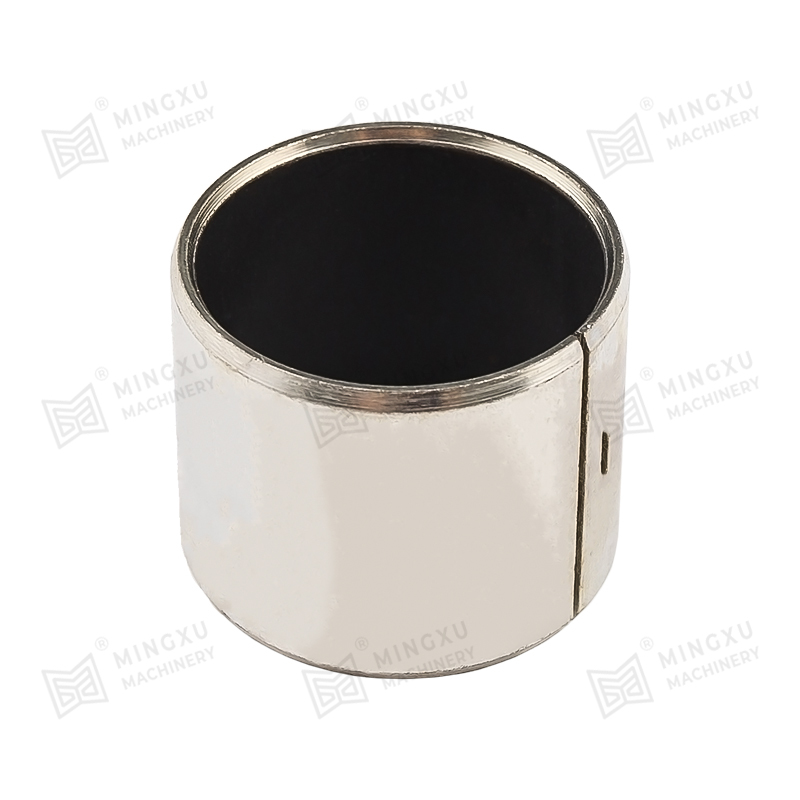
Thermal Management
Heat Dissipation: The porosity of the material can also aid in heat dissipation. In many oilless bearings, the solid lubricants (like graphite) have good thermal conductivity properties, which help in spreading out any heat generated due to friction. The porosity may also improve the ability of the bearing to withstand temperature fluctuations by allowing for the release of heat during operation.
Load Carrying Capacity
Enhanced Load Distribution: The porosity of sintered metals and bronze helps in distributing the load evenly across the surface of the bearing, as the lubricants fill the microscopic voids and create a smoother interface. This allows oilless bearings to carry higher loads without increasing friction, improving their overall performance and longevity under varying load conditions.
Challenges with Porosity
Excessive Porosity: While porosity is beneficial for lubricant storage, too much porosity can compromise the material's structural integrity and reduce its strength. If the pores are too large or unevenly distributed, the material may become weaker, potentially leading to premature wear or failure. Manufacturers must carefully control the porosity level to balance lubrication and mechanical strength.
Lubricant Saturation: Over time, some oilless bearings may become saturated with lubricant, meaning that the material can no longer release it as effectively. In such cases, the bearing may need to be replaced, or maintenance may be required to refresh the lubricant supply.




 English
English Español
Español
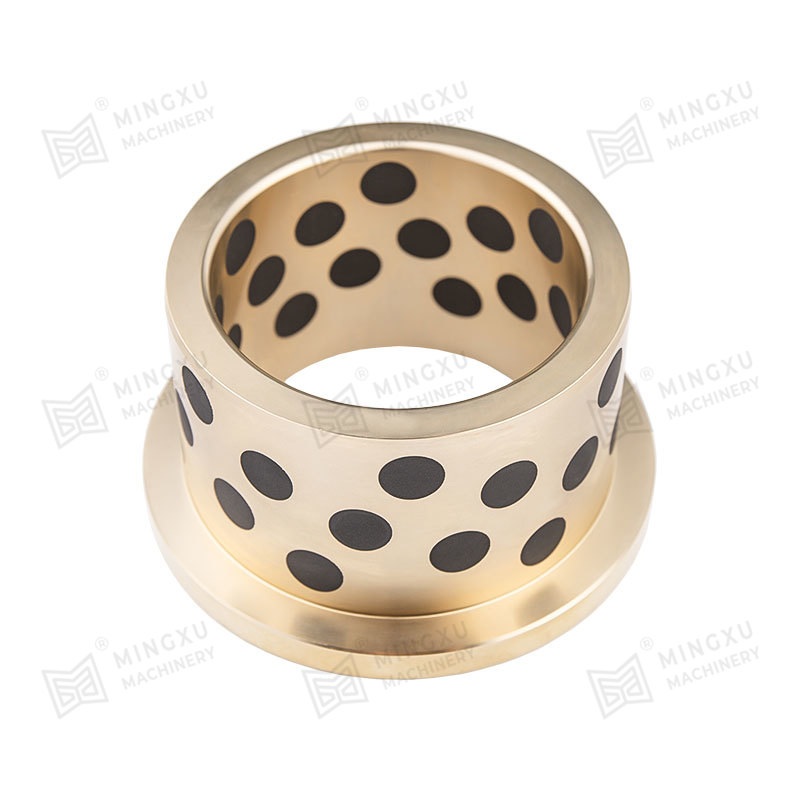
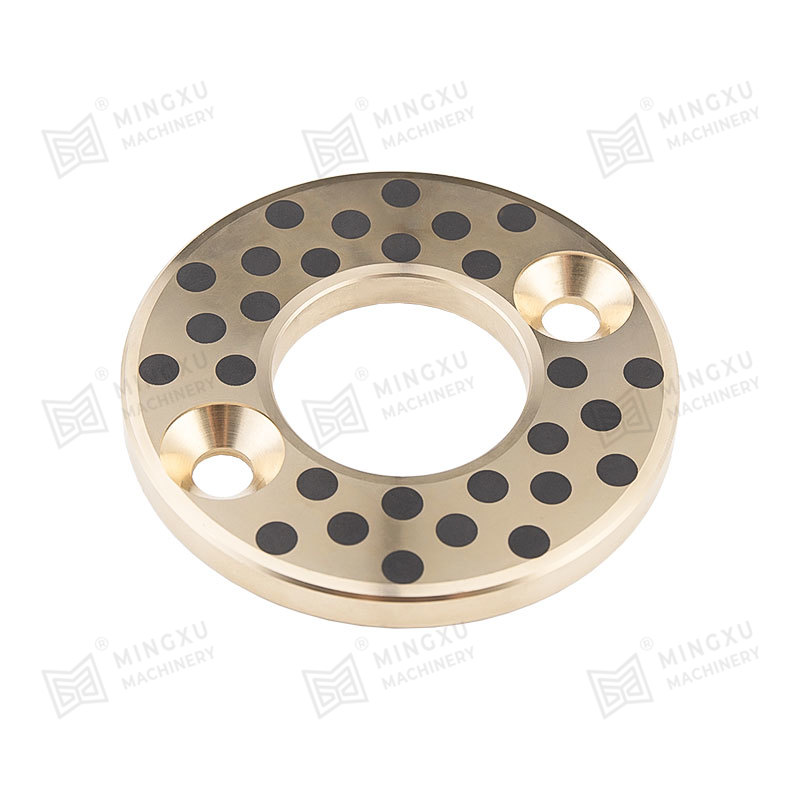
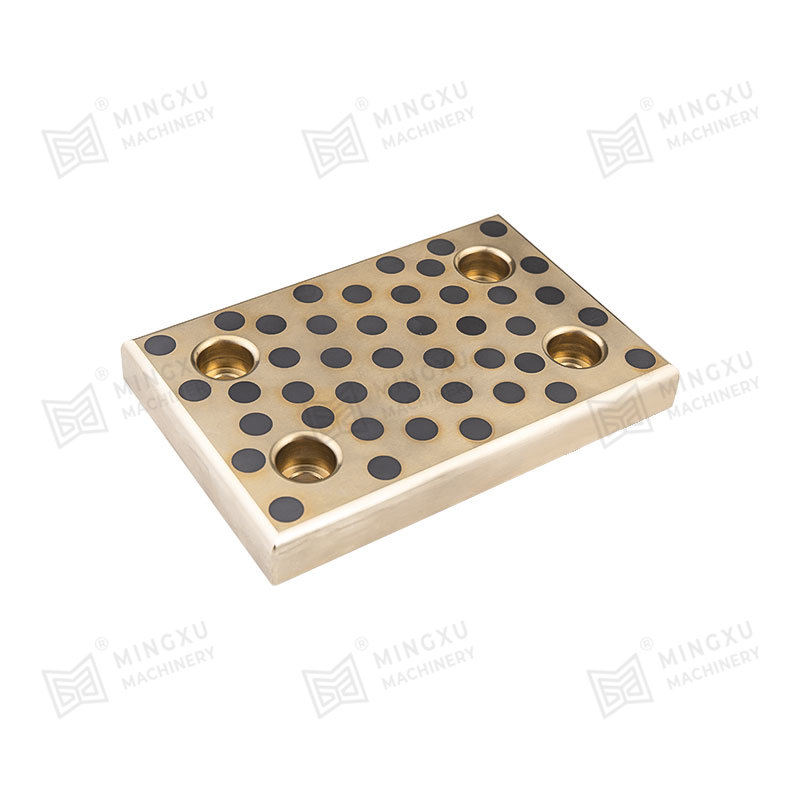
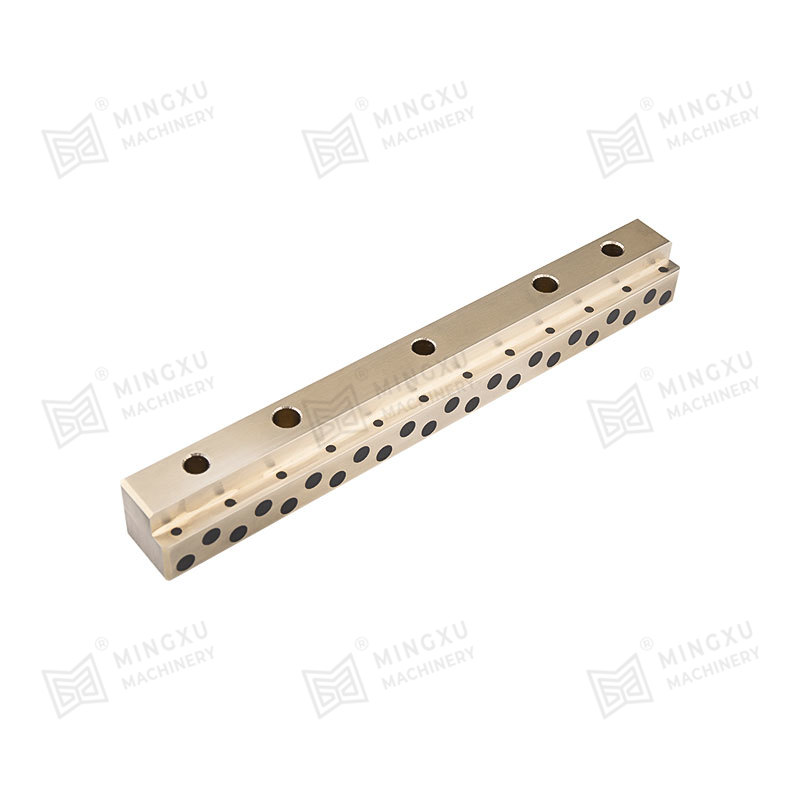
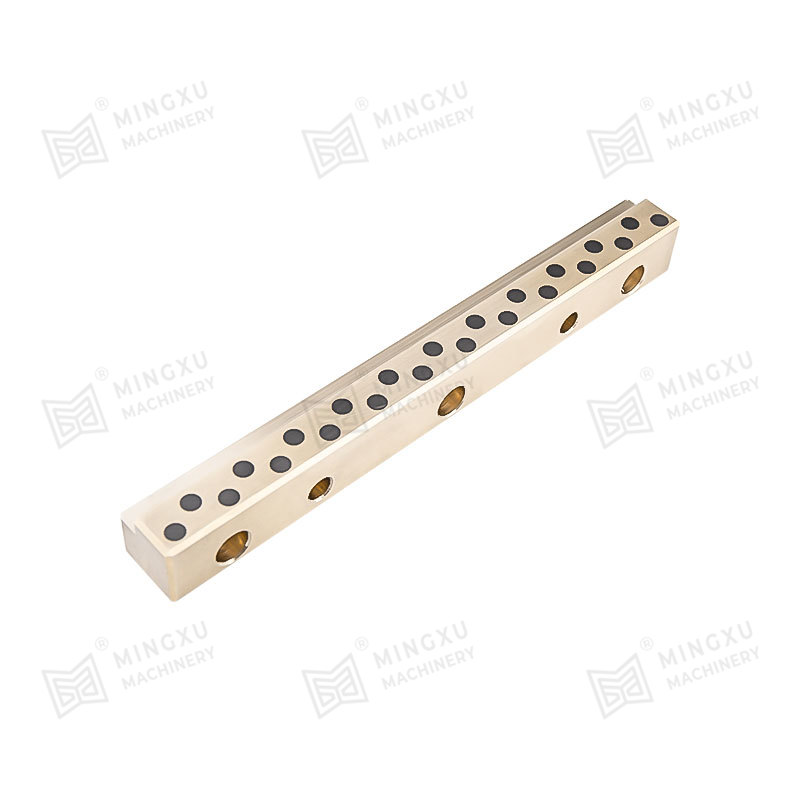
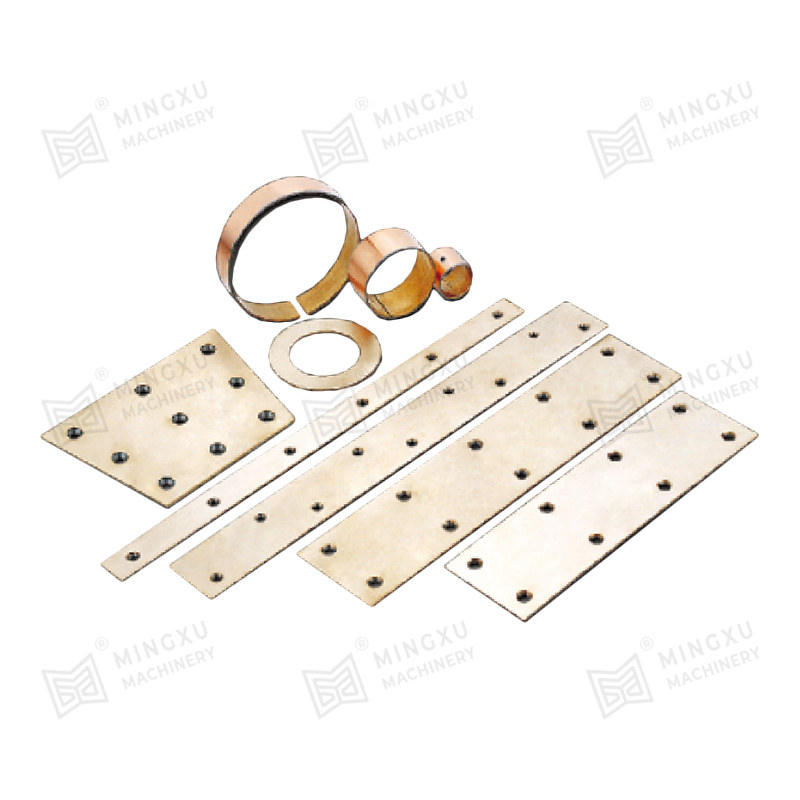
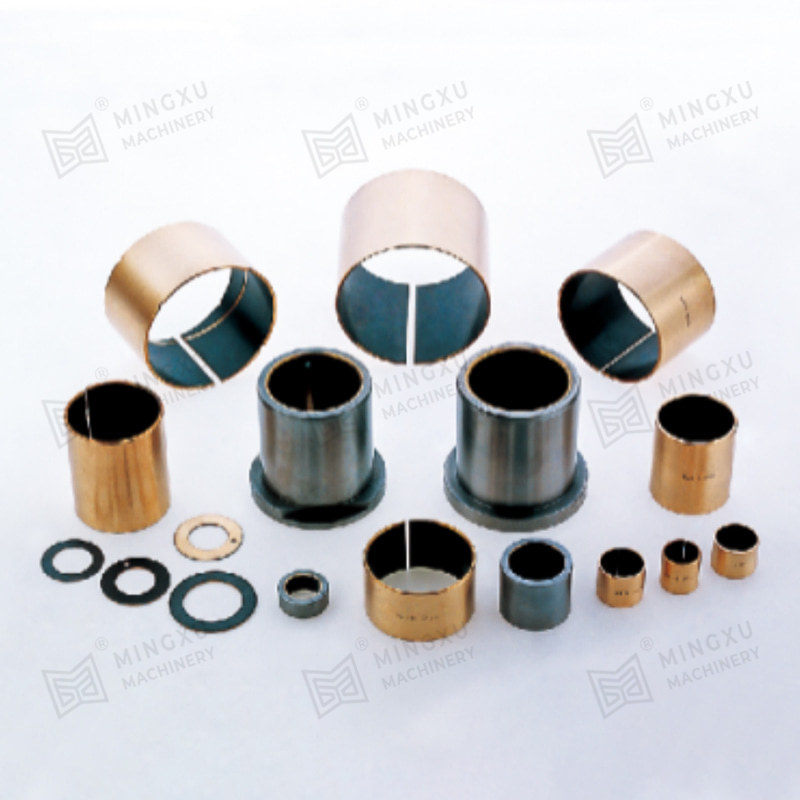
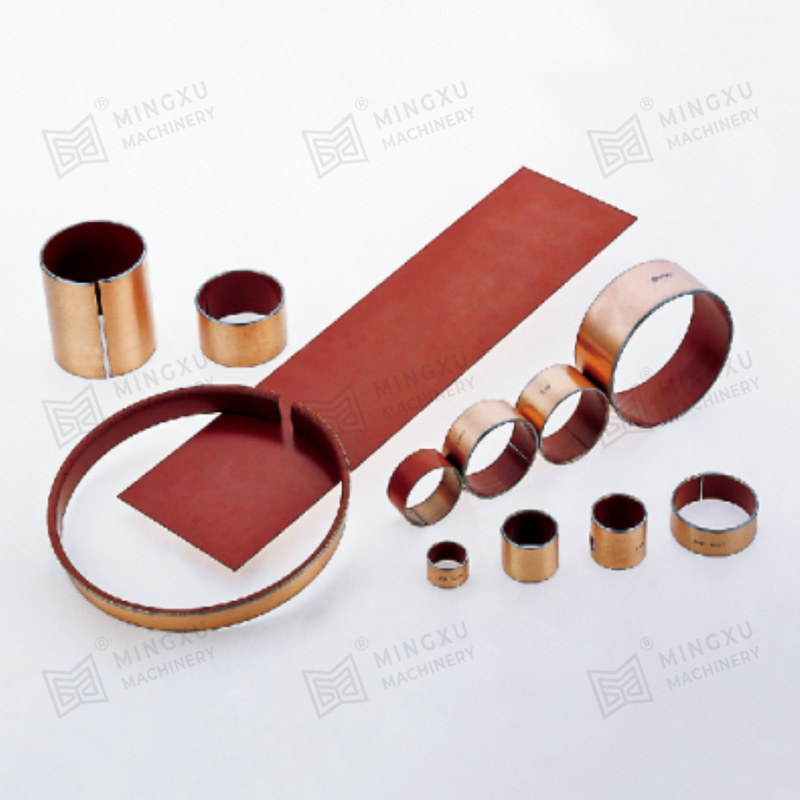
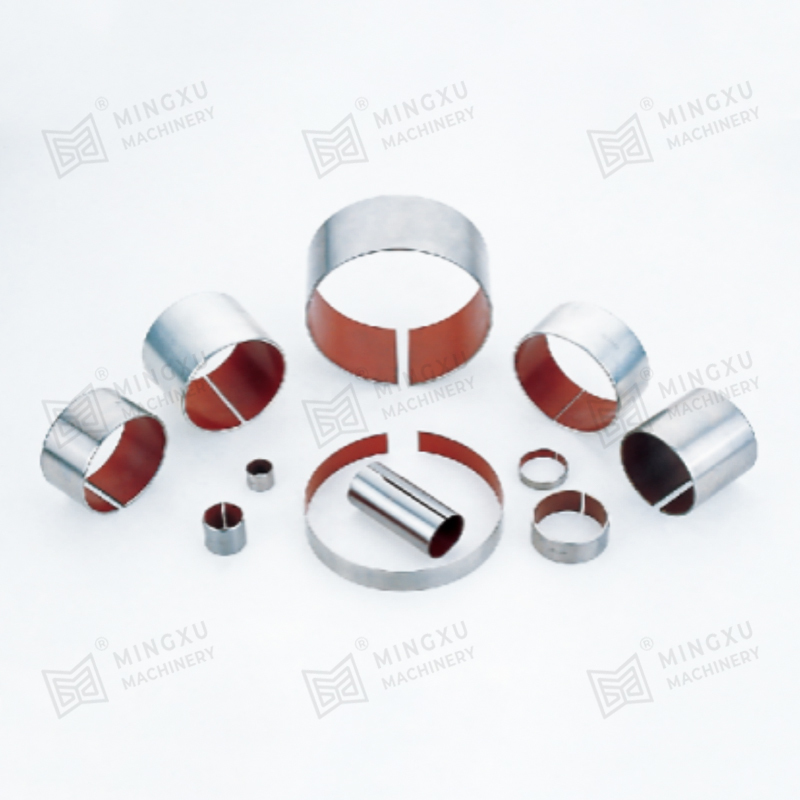

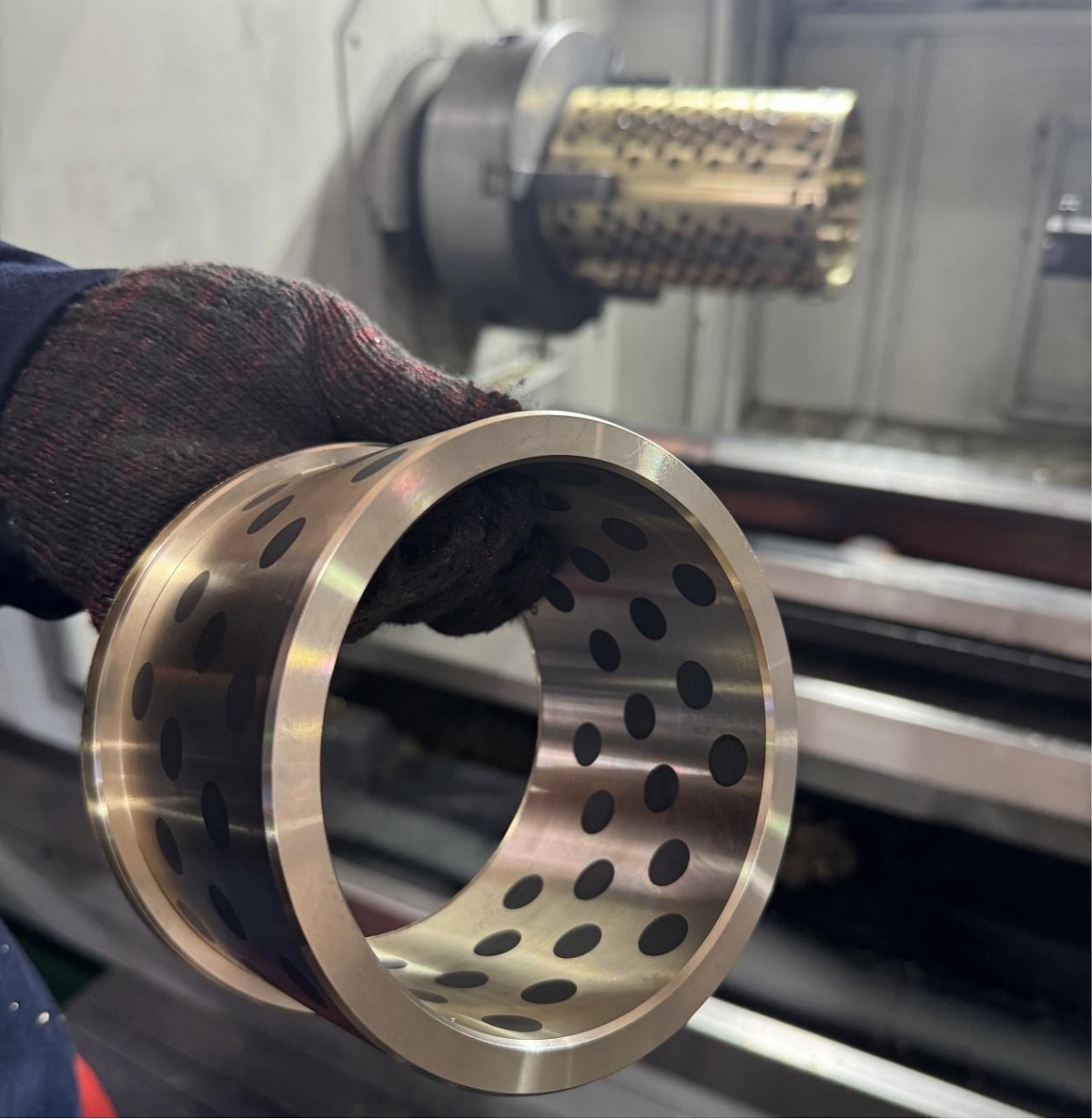





Contact Us